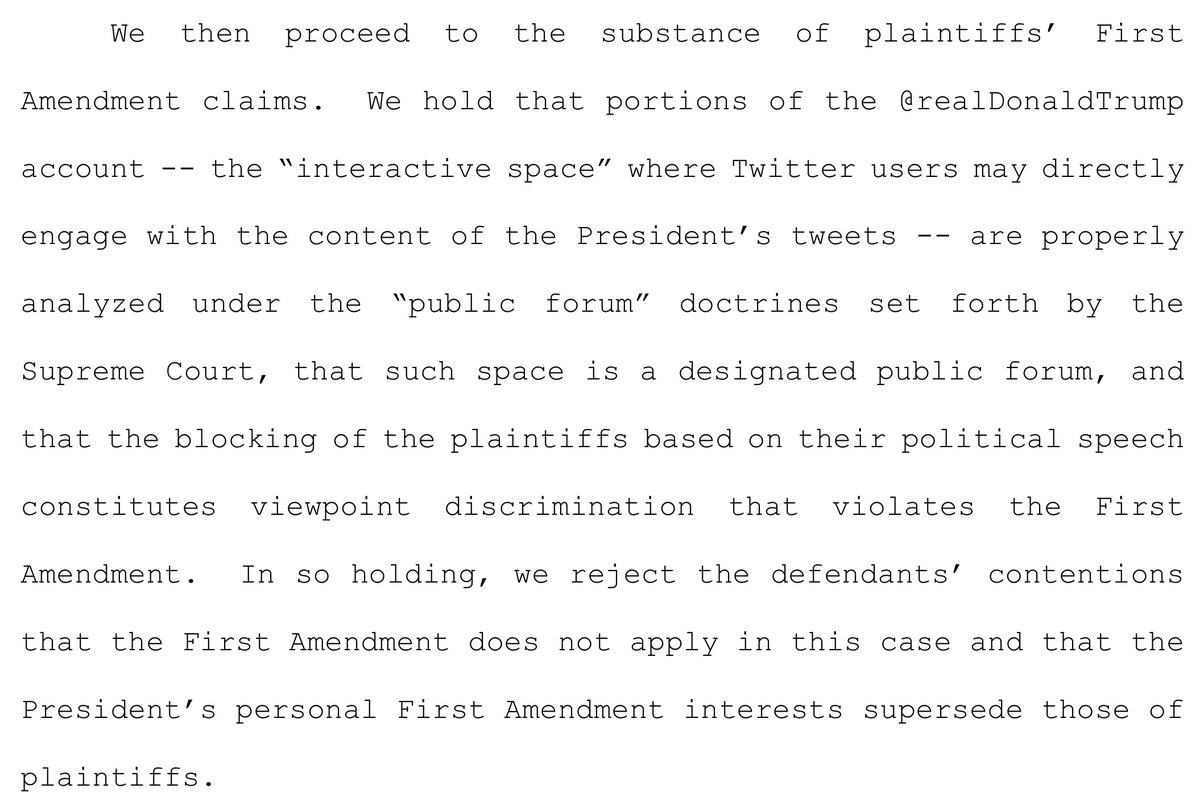But as it notes, there are other reason for residential.
But you can see that as the ultimate buying opportunity. But is it really zero marginal emissions? Maybe not because that sold power may be displacing carbon.
I buy green power. Somebody makes that up.
But we're presently a long way from having that much installed solar+wind, and will get further away when Diablo Canyon closes.
What the paper looks at is comparing that, vs going for cost based on present-day time-of-use pricing,
First, as we move further away from carbon sources, we should hit a period with a larger differential and will need a significant amount of total storage. In that period, savings should increase.
Because with deep solar, we will need several times the storage we have now, which is still mostly pumped hydro. It will likely be mostly batteries.
Batteries do more than shift the load from one time to another.




/END








